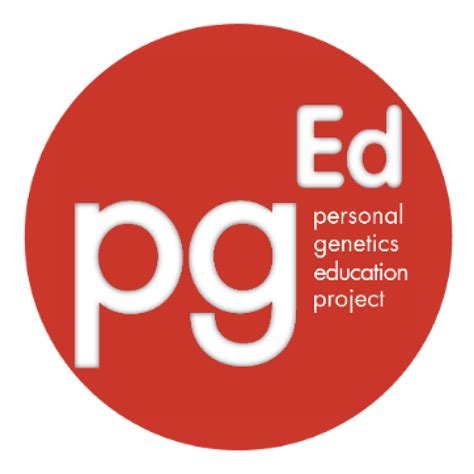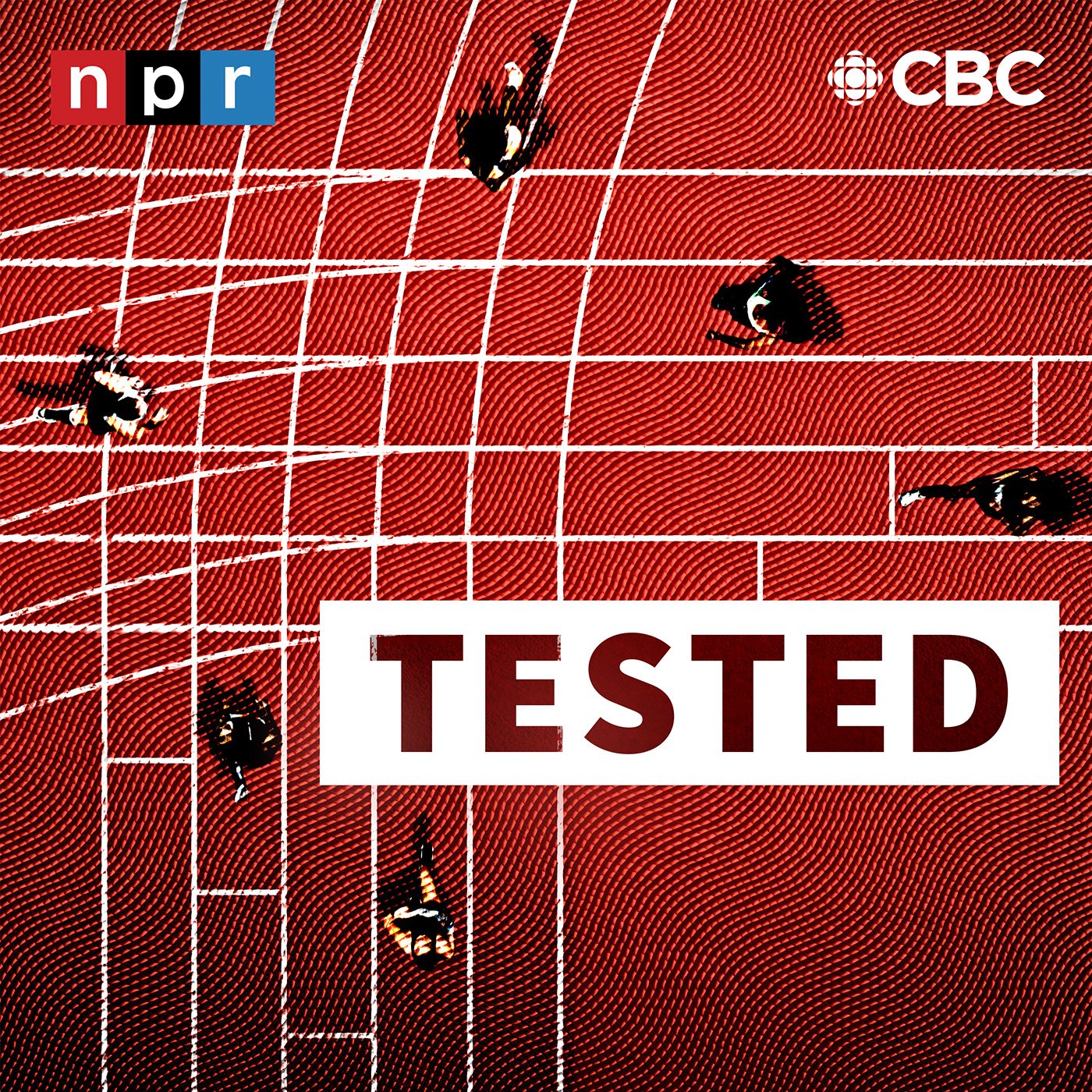"The Evolution and Biology of Sex" by Sehoya Cotner and Deena Wassenberg is the book accompanying their course at the University of Minnesota. The book is accessible from the UMN Libraries library.
For K-12 education, we recommend Chapter 8.4 "Sex: It's About the Gametes". This short article explains how sex is defined by gamete size, why this is useful, and what vocabulary can be used to clearly discuss biological sex.
We have yet to find any modern high school biology textbook that discusses this essential definition--most texts define sex only by human-specific traits or organs, leaving students lacking the broadly applicable tools to make sense of the diversity of the living world.
The entire book is gender-inclusive, sex-positive, and is written for an audience of introductory college biology for non-majors. Thus, it may also be appropriate for high school students.























